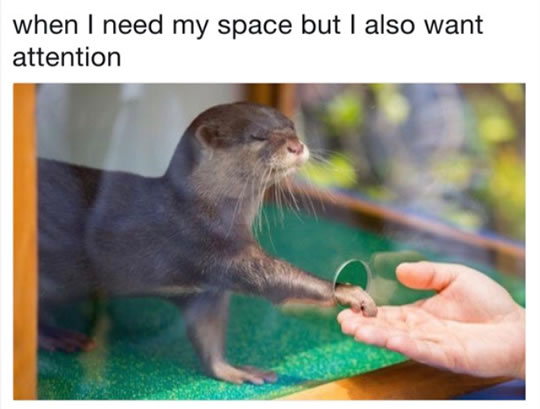Flying Object senior creative Cat Howarth studied Advertising at Falmouth, and went on to work for some of the largest agencies in London, including Mother, before joining our team. She explains how an advertising creative looks at a brief
When a client briefs me on a project the first thing I think is: what is the problem they are trying to overcome here? Because by understanding the root cause of their issues, we can devise a strategy that delivers proactive change.
It’s only after we’ve nailed that down that I start thinking about the creative idea and tonality. It’s not that they’re not important, but that you have to be heading in the right direction before you start. That way you stand a bigger chance of making great work that’s effective, ultimately giving clients value for money (and hopefully returning for more projects).
Essentially, creative takes a lot of background thinking so that everybody wins. Once you’ve nailed the solution you want to deliver, you can dial up and down the creativity. This is often a matter of taste, and getting to know a client’s boundaries is key.
Challenging a client’s expectations is also part and parcel of the job, otherwise they may as well make the work themselves. Listening to everyone’s creative opinions and taking fears or anxieties on board as you develop ideas is a key element to ensuring you deliver creative ideas that people buy into.
Without a doubt, you want to make your project memorable and shareable. Not over-complicating an idea as it gets developed in creative and production over a matter of months is certainly a watch-out.
Rounds of amends, shifts in budgets and production logistics can all accidentally dilute a great idea. However, a great idea can also withstand change and has flex in it. It’s about being aware as you progress forwards.
There’s a metaphor we were taught on our postgrad advertising course; if you throw three balls at someone they might not catch any, but if you throw one at them they probably will catch it. Focusing on one product point or service in your messaging is a classic example of how to keep your creative focused. That way it can really shine.



